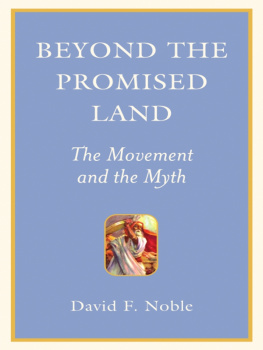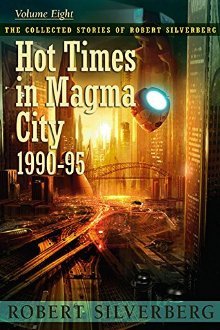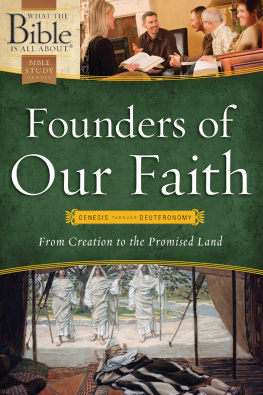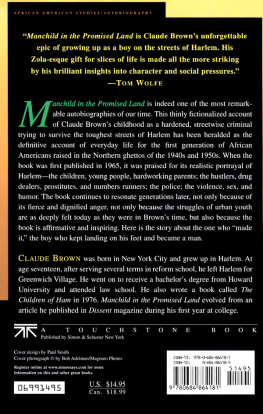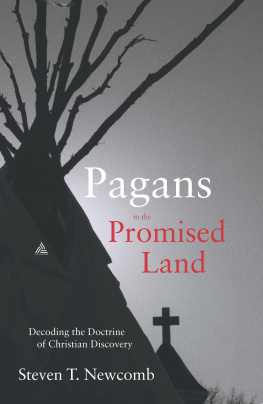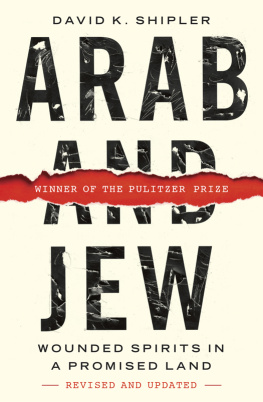BEYOND THE PROMISED LAND
Big issues, small packages, cutting-edge thinkers...PROVOCATIONS.
BEYOND THE PROMISED LAND
The Movement and the Myth
David F. Noble
Between the Lines
Toronto
Beyond the Promised Land
2005 by David F. Noble
First published in Canada in 2005 by
Between the Lines
720 Bathurst Street, Suite #404
Toronto, Ontario M5S 2R4
1-800-718-7201
www.btlbooks.com
All rights reserved. No part of this publication may be photocopied, reproduced, stored in a retrieval system, or transmitted in any form or by any means, electronic, mechanical, recording, or otherwise, without the written permission of Between the Lines, or (for photocopying in Canada only) Access Copyright, 1 Yonge Street, Suite 1900, Toronto, Ontario, M5E 1E5.
Every reasonable effort has been made to identify copyright holders. Between the Lines would be pleased to have any errors or omissions brought to its attention.
Cataloguing data available from Library and Archives Canada
ISBN 978-1-897071-78-6 (epub)
ISBN 978-1-897071-79-3 (PDF)
ISBN 978-1-897071-01-4 (print)
Frontispiece and author photo: Sarah Dopp
Cover and text design by Jennifer Tiberio
Printed in Canada
Between the Lines gratefully acknowledges assistance for its publishing activities from the Canada Council for the Arts, the Ontario Arts Council, the Government of Ontario through the Ontario Book Publishers Tax Credit program and through the Ontario Book Initiative, and the Government of Canada through the Book Publishing Industry Development Program.
For Sarah
Contents
T HIS BOOK TOOK shape around the turn of the millennium, a recent but now distant time. As the twentieth Christian century drew to a close and the remnant of believers awaited ascent to another world, a different population took to the streets in defence of this world. Shedding much of their Western ideological inheritance, their biblical birthright, as it were, participants in the global justice movement embraced a new sense of themselves and the meaning and purpose of their lives. Unlike their forebears, they no longer suffused and sustained their struggles with ancient promises of redemption and transcendent guarantees of deliverance. Instead, they began to move onto another plane of struggle, beyond the promised land, having come to the understanding that beyond the promised land is the here and now.
This book, then, took shape in another era, before 9/11, before the American crusade in Iraq, before the eruption of the full fury of the people of the promise. As the warring heirs of Abraham fight it out across the globe, chosen people allzealous Zionists, fanatical Christians, radical Islamiststhe fresh start that was the global justice movement seems stillborn in retrospect. But if the project of corporate globalization proceeds apace armed to the teeth and with less overt opposition, it does so now also with less ideological legitimation than before the emergence of the global justice movement, hence the greater need for force.
The mythological sources of this legitimation, the biblical narratives of perfection, fall, and redemption, have now exploded to the surface of Western consciousness in all their absurdity and horror, tearing through their more subtle, secularized manifestationsin our ideas of history, technology, and the marketto lay bare the terrifying template of the Western imagination. It remains to be seen whether or not this eruption signals the demise of a deformed culture, or, with a vengeance, its retrograde renewal. But its violence might yet awaken us to the urgency of moving beyond our formative myths, a shift barely begun by yesterdays global justice activists, whose message survives their movement. Is a post-biblical world possible before Armageddon? At the moment, that is the overriding question.
ONE
Introduction:
Hope in the Here and Now
O N SEPTEMBER 10, 2003, fourteen thousand farmers and indigenous people marched towards the convention centre at the start of the fifth ministerial meeting of the World Trade Organization (WTO) in Cancun, Mexico. Some six miles from the meeting centre they were brought to a halt by police barricades. Using a mock WTO coffin as a battering ram, they made a partial break in the barricade. At that moment South Korean farmer Kyung-Hae Lee, a former president of the Korean Advanced Farmers Federation, climbed atop the rubble with his banner and stabbed himself in the heart. Earlier the fifty-six-year-old farmer had penned a message to the world explaining the reason for his suicide and exhorting his comrades to intensify the opposition to the WTOs freetrade agenda. We Korean fellow-farmers and myself realized that our destinies are out of our hands already, he wrote. He warned that human beings are in an endangered situation in the face of an undesirable globalization of inhumane, environment-distorting, farmer-killing, and undemocratic,[sic] and declared, It should be stopped immediately, otherwise the false logic of neoliberalism will perish the diversities of agriculture and disastrously to all human beings [sic].
Two days later Greenpeace activists from Mexico and Argentina bound themselves to the anchor chain of a ship carrying 40,000 tons of genetically engineered corn from the United States to the Mexican port of Veracruz. The U.S. dumping of GE corn in Mexico must stop immediately, Greenpeace campaigner Doreen Stabinsky insisted. We are dealing with an emergency situation where one of the most important staple crops is at risk due to genetic contamination. The ship was temporarily forced back to sea, only to return later under Mexican navy protection. A few days earlier in Cancun, Vandana Shiva had made public a Citizens GMO Challenge to the WTO, a grassroots response to a complaint lodged with the World Trade Organization by the worlds major growers of GE cropsthe United States, Argentina, and Canadaagainst European Union restrictions on the importation of those crops. Given the abundance of alternatives, the risks that genetically-modified (GM) crops pose to the environment and human health... the scientific uncertainty, and the lack of any socio-economic advantages, we declare that the use of the WTO dispute settlement system for imposing GM food on the world is totally illegitimate.
The bold actions and statements at the gates of the WTO put in relief what must be understood to be a radical break with the hegemonic ideological structure of Western society and the West-dominated world. Two of the central tenets of this structure were not only subjected to question but rejected outright. Faith in the ultimate beneficence of both the unfettered self-regulating market and the untrammelled development of science and technology, so long enshrined in paeans to laissez-faire and policies of laissez innover (freedom for unrestricted technical innovation), had been shaken to the core. In the past any and all opponents of these heretofore self-evident truths had always been effectively derided, disarmed, and dismissed as enemies of prosperity and progress. But no longer. Here, in Cancun, as anticipated four years earlier at the WTO meeting in Seattle, the tried and true shibboleths and strategies rang hollow and ran aground. On its final day the WTO meeting collapsed in disarray, with delegates of the worlds poorer nations walking out in frustration and without any agreements on world trade.

